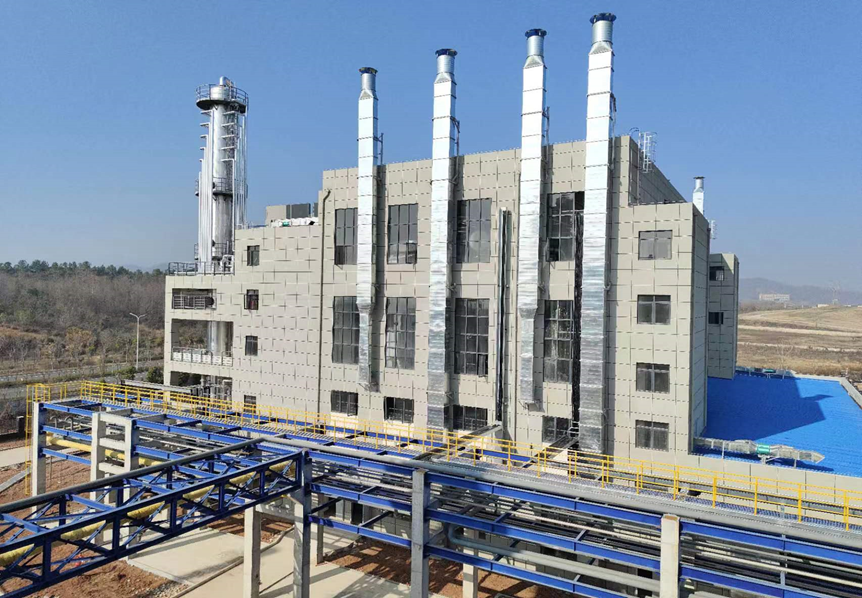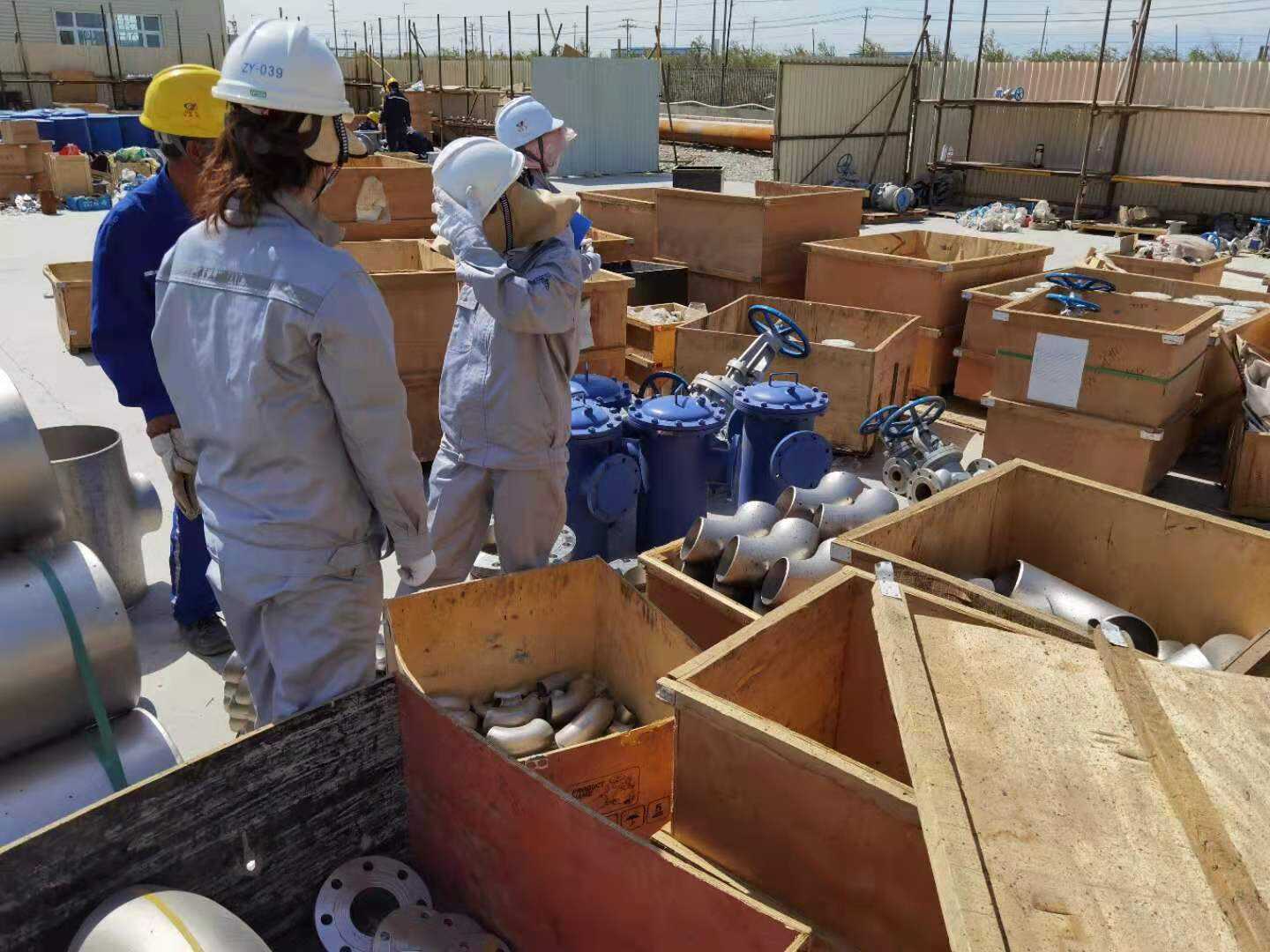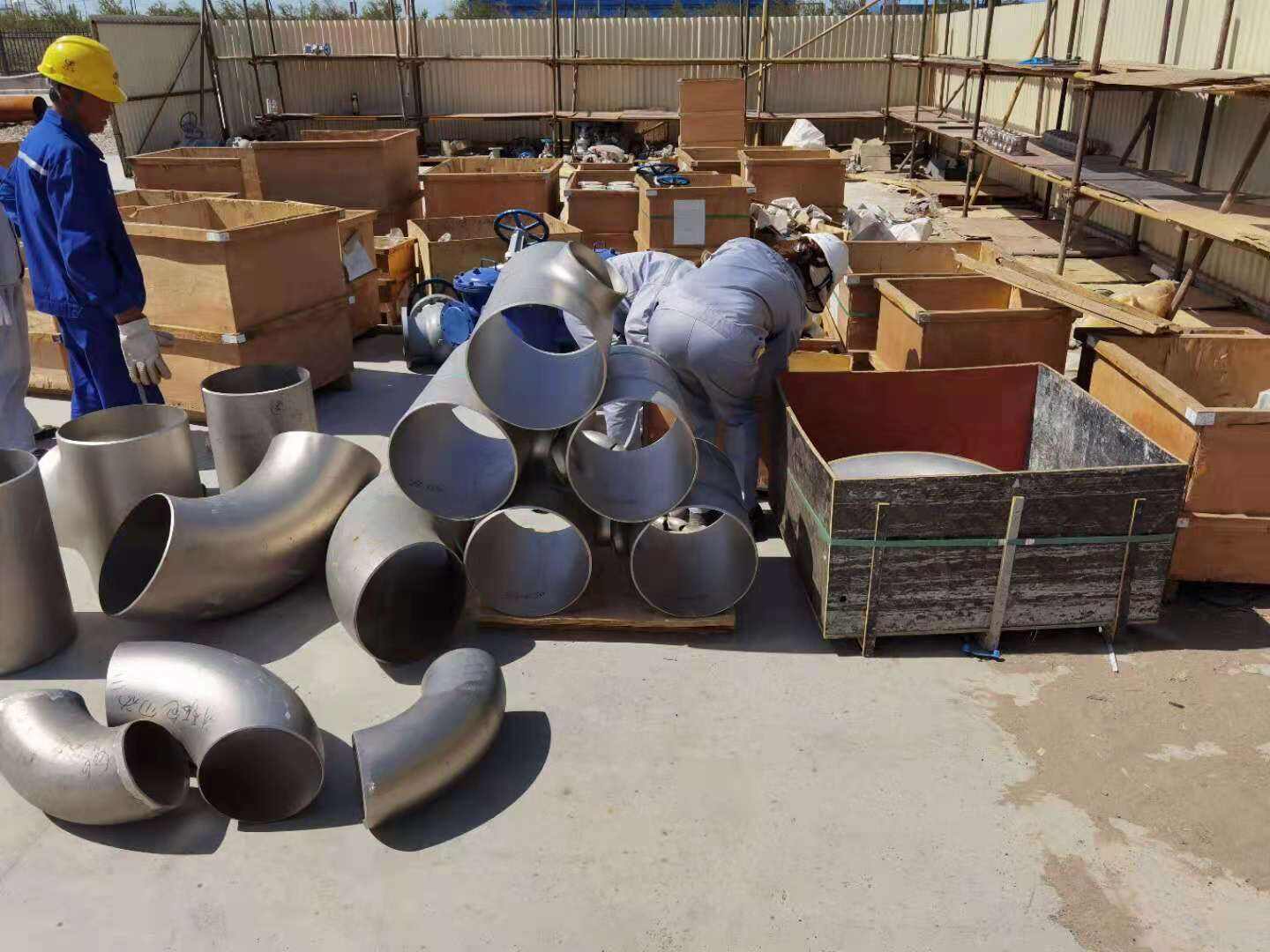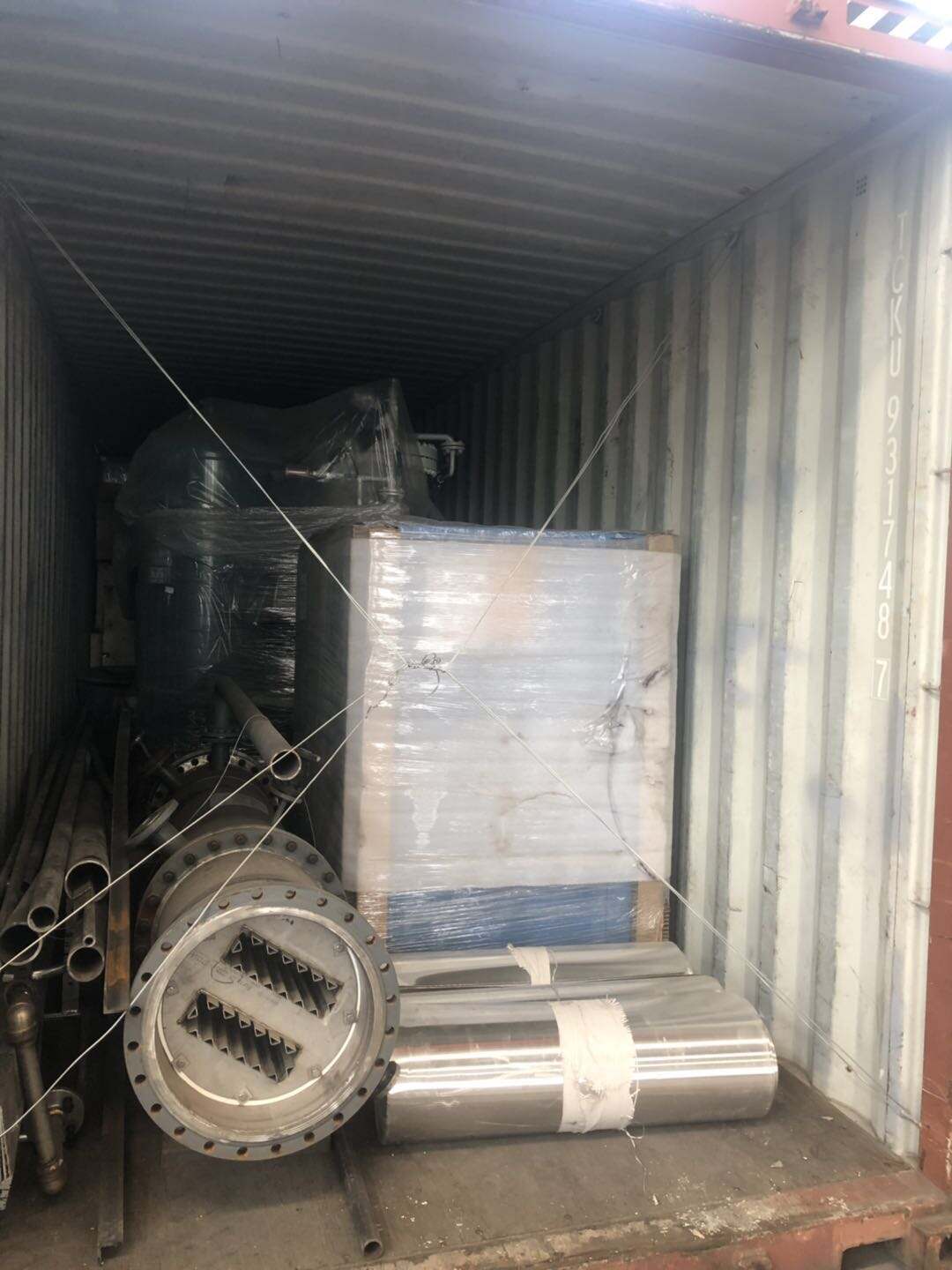
The company’s approach to tower and internals compatibility ensures long-term reliability in harsh chemical environments. Material selection is based on a comprehensive evaluation of:
1. Chemical compatibility: Corrosion resistance data from NACE MR0175 (for sour services), ASTM G31 (for aqueous solutions), and vendor corrosion charts. For example:
- Highly corrosive acids (HCl, H₂SO₄): Hastelloy C-22, tantalum, or glass-lined steel.
- Alkaline solutions (NaOH, KOH): 316L stainless steel, titanium, or PTFE.
2. Thermal compatibility: Temperature limits of materials (e.g., graphite up to 500°C, PEEK up to 260°C) and thermal expansion matching (between tower shell and internals).
3. Mechanical compatibility: Pressure ratings (internals designed for 1.5 x maximum operating pressure), vibration resistance (natural frequency avoidance), and erosion resistance (impingement protection for high-velocity flows).
4. Process compatibility: Design of internals to match process parameters, such as:
- Liquid distributors for high-viscosity fluids (slot size > 3 mm to prevent clogging).
- Gas distributors for foaming systems (antifoam baffles, mist elimination stages).
Compatibility testing can be performed in the company’s labs, including autoclave corrosion testing and thermal cycling tests.


